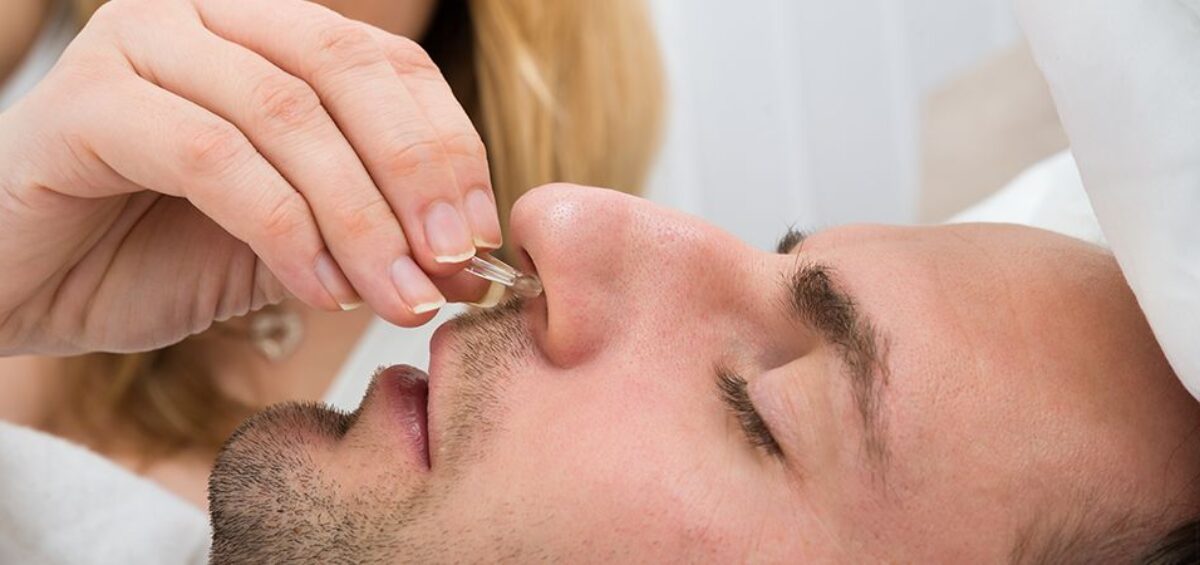While millions of people worldwide suffer from snoring, the combination of snoring and interrupted breathing during sleep may indicate sleep apnea, a more severe disorder. Frequent pauses in breathing during sleep define sleep apnea and cause interrupted rest, low oxygen levels, and possible long-term health consequences. An anti snoring devices have now become a possible way to control sleep apnea. Though their designs and purposes differ, the main issue remains how effectively these devices treat sleep apnea.
Understanding Sleep Apnea and Its Impact
Sleep apnea is the disorder resulting from a repeated stopping and beginning of breathing when a person’s airway gets clogged. The most typically occurring form is obstructive sleep apnea, in which case the throat muscles relax too much to block airflow. From this follows loud snoring, gagging sensations, and brief awakenings all throughout the night. Untreated sleep apnea can aggravate more serious medical conditions including diabetes, cardiovascular disease, a stroke, and elevated blood pressure. Sustaining general well-being and health calls for the underlying reasons of sleep apnea being treated.
Effectiveness of Anti-Snoring Devices for Mild Sleep Apnea
For those with mild to moderate sleep apnea, mouth appliances and positional therapy can help greatly reduce symptoms. These devices minimize airway collapse, lower the frequency of apnea—pauses in breathing, and improve airflow overall. Studies have indicated that many patients’ sleep apnea can be greatly lessened by oral appliances, therefore improving their quality of life and lowering their daytime tiredness. Still, their efficacy can differ based on the person and the degree of their ailment. Some people may find these devices a partial fix, although they might not completely replace more severe cases’ more demanding treatments like CPAP.

Limitations and Challenges of Anti-Snoring Devices
Although anti-snoring devices have some advantages, they are not without limits. For instance, oral appliances can irritate or hurt the mouth; long-term usage of them might induce changes in dental alignment or jaw pain. They might also not be as successful for patients with severe obstructive sleep apnea, who might call for more sophisticated treatment approaches. Likewise, since they can disturb sleep patterns and could not solve the underlying reason of airway restriction, positional treatment devices may not be useful for every person. Furthermore noteworthy is the fact that these devices relieve symptoms rather than cure sleep apnea.
Consulting a Healthcare Professional
Particularly for those diagnosed with sleep apnea, it is imperative to see a healthcare practitioner before utilizing any anti-snoring equipment. Based on the degree of the ailment, lifestyle choices, and personal preferences, a doctor can assist in deciding the most suitable treatment. Sometimes the strongest benefits come from combining therapies—such as an oral appliance with lifestyle improvements. Achieving best results depends on tracking the device’s performance and adjusting over time.
Offering relief from snoring and enhancing general sleep quality, anti snoring devices might be a good choice for controlling mild to severe sleep apnea. Though they might not be appropriate for everyone, these devices offer a non-invasive substitute for more intrusive treatments like CPAP therapy. They do, however, have their own set of difficulties and restrictions, so their efficacy depends on the particular demand of the person.





















